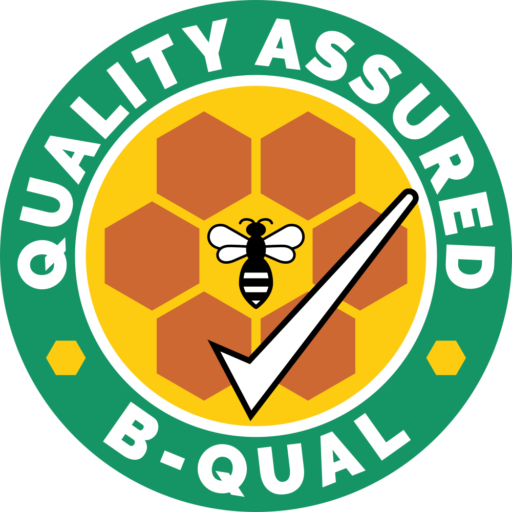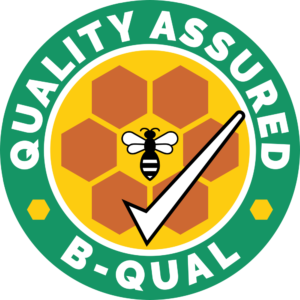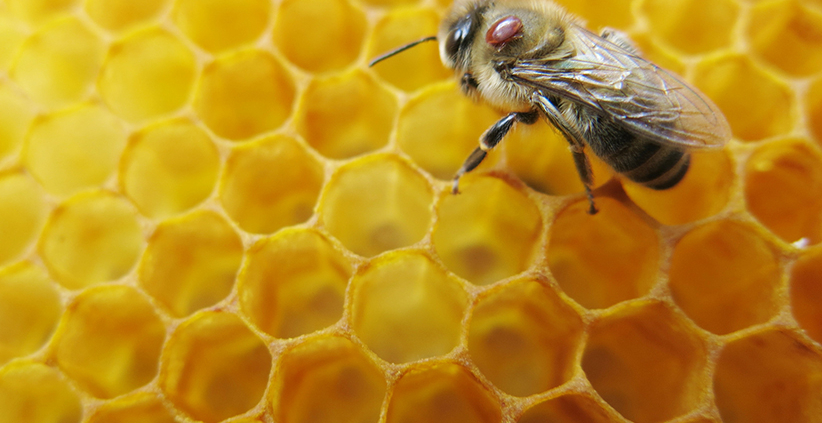Varroa Mite in Australia: What Beekeepers Need to Know
A New Threat to Australian Beekeeping
For years, Australian beekeepers watched from afar as Varroa destructor, one of the most destructive pests of honey bees worldwide, wreaked havoc on colonies across Europe, North America, and Asia. Australia remained one of the few countries free of this invasive mite—until recently. The detection of Varroa mites in New South Wales has sent shockwaves through the Australian beekeeping community, marking the beginning of a new chapter in local apiculture.
Varroa mites are external parasites that feed on the fat bodies of both adult bees and developing brood. Their presence compromises bee immunity, spreads deadly viruses, and—if unmanaged—can cause colony collapse within months. Understanding how to detect, monitor, and respond to this pest is now an essential part of beekeeping in Australia.
What is the Varroa Mite?
Varroa destructor is a reddish-brown, oval-shaped mite, visible to the naked eye and roughly the size of a pinhead. It reproduces in capped brood cells, where the female mite lays eggs on developing bee larvae. As the young bees grow, so do the mites, emerging from the cell with their host to begin their parasitic life cycle.
Beyond physical damage, Varroa mites are vectors for a range of viruses, including deformed wing virus (DWV) and acute bee paralysis virus (ABPV), which can significantly weaken or kill a colony even when mite loads appear moderate.
How It Entered Australia
The first confirmed detection of Varroa destructor in Australia occurred in 2022, near the Port of Newcastle. Despite intensive eradication efforts and extensive surveillance, the pest has spread beyond the initial containment zones. As of 2025, it is no longer considered eradicable and has become part of the biosecurity landscape for Australian apiarists.
Signs of Infestation
Varroa can already have reached severe infestation levels before any visible signs of an issue become apparent to even the most experienced beekeeper, so it is critically important that you undertake alcohol washing regularly to detect them early. Even “healthy-looking” colonies could have already reached critical numbers of varroa that may soon cause their complete demise, so don’t be complacent.
Beekeepers should watch for:
- Deformed wings or stunted abdomens in adult bees
- Irregular brood patterns
- Spotty brood and uncapped cells
- Visible mites on adult bees or inside brood cells
- A sudden, unexplained decline in colony strength
Routine inspections and mite monitoring techniques, such as alcohol wash and sticky boards, are crucial in early detection.
Management and Control
Now that eradication is no longer possible, management is key. A successful approach includes:
- Monitoring: Regularly testing mite loads to assess colony health and determine treatment thresholds.
- Cultural practices: Removing drone brood (a preferred mite breeding site), maintaining strong colonies, and requeening with hygienic stock.
- Chemical treatments: Rotating approved miticides such as oxalic acid and formic acid to reduce resistance buildup. Care must be taken to follow application guidelines to avoid harming bees or contaminating hive products.
- Integrated Pest Management (IPM): Combining multiple strategies to sustainably manage mite populations with minimal chemical intervention.
Impact on the Industry
Varroa’s arrival marks a turning point for Australian beekeeping. Hobbyists and professionals alike must now integrate new management routines, invest in monitoring tools, and stay up to date with emerging research and treatment options. It also raises concerns about native bee species, crop pollination, and honey production—areas that will require careful coordination between industry, government, and researchers.
Where to Get Support
Beekeepers can access guidance and updates through:
- The Department of Primary Industries (DPI) in their state or territory
- Beekeepers’ associations and cooperatives
- Accredited training workshops and webinars
- Scientific publications and government pest alerts
Staying informed and engaged is essential as the situation continues to evolve.
Conclusion: A Call for Vigilance and Adaptation
The arrival of Varroa destructor in Australia is a significant challenge, but it’s not insurmountable. Beekeepers across the globe have adapted to manage this pest, and with timely action, Australian apiarists can too. Education, monitoring, and shared responsibility will be key in protecting our bees and sustaining the future of beekeeping in Australia.
By working together, staying informed, and adjusting practices, Australian beekeepers can rise to meet this new challenge with resilience and purpose.
– Become BQUAL certified –

Proudly display the B-QUAL logo and demonstrate your enterprise is operating in accordance with the industry requirements and expectations of consumers, markets, regulatory authorities and the wider community, in relation to the key issues of food safety and industry best practices.



